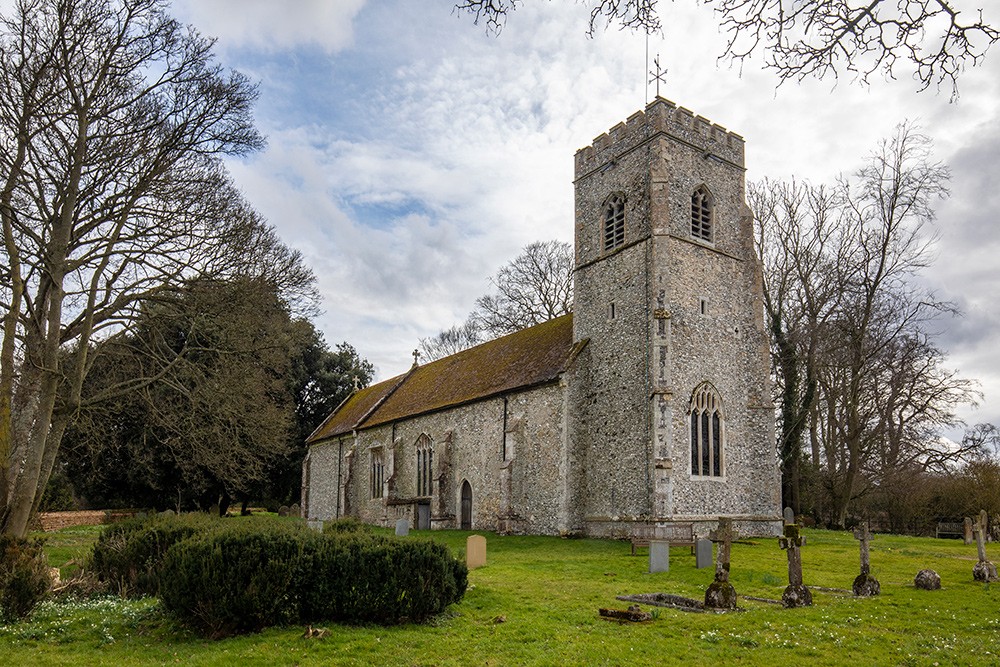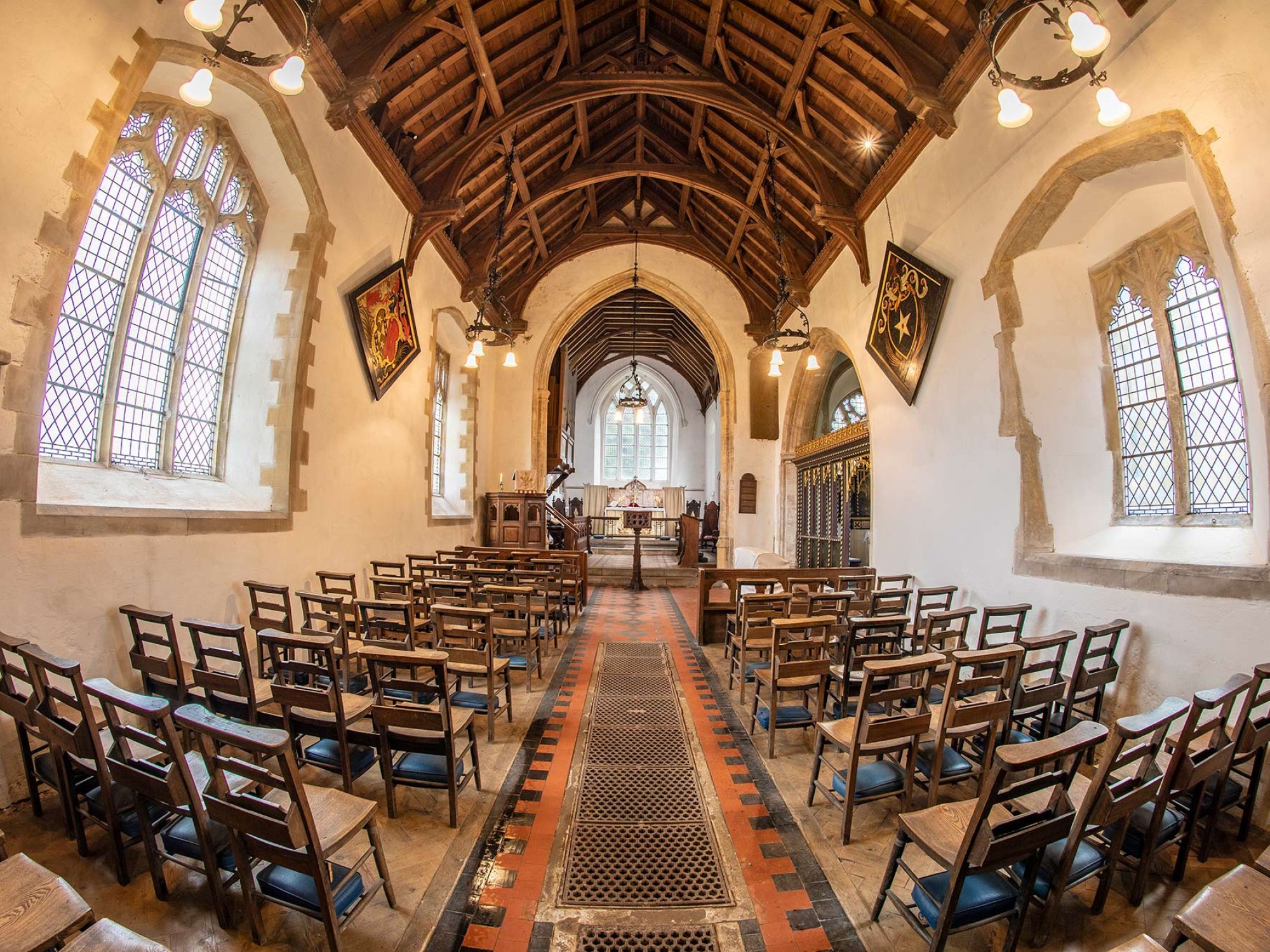
Bringing 600 years of history back to life
With the recent completion of a major project to restore and refurbish its nave screen, the delightful church of St Mary the Virgin in Anmer has a suitable regal past and an equally glittering future
Before 2013 you’d have been forgiven for never hearing of the tiny village of Anmer or being unsure of exactly where it was, but this beautiful part of west Norfolk made headlines around the world when it was revealed to be the new home of the Duke and Duchess of Cambridge.
But pre-dating the construction of Anmer Hall by some 400 years is the delightful church of St. Mary the Virgin. Built in the late 13th century, it’s been extensively restored over the centuries, with major projects concentrating on the chancel (1856), the roof (1876) and the tower (1888). At the start of the 20th century the seats and south chapel were re-fitted, with the cost being shared between Edward VII and Admiral Sir Frederick Tower Hamilton - who lived at Anmer Hall and whose wife Maria Keppel is an ancestor of the current Duchess of Cornwall.
By then the church was part of the Sandringham Estate, so it’s not surprising it has plenty of royal credentials.
On the wall to the left of the altar are full-size replicas of the Anmer Triptych, a trio of paintings completed for Queen Victoria in 1888 by the Scottish artist Sir Joseph Paton, who’d turned down an invitation to join the Pre-Raphaelite Brotherhood. With the atmospheric conditions of the church currently unsuitable for their long-term preservation, the originals are temporarily held at the museum at Sandringham House.
The four chairs in front of the altar were originally part of a set of six donated by Queen Victoria to three churches in the area from the Palace of Holyroodhouse at the end of the 19th century. Anmer’s two chairs are now joined by the two belonging to the church of St Peter and St Paul in Shernborne (two miles away) but the pair at the now-ruined church of St Felix in Babingley were stolen and have never been recovered.
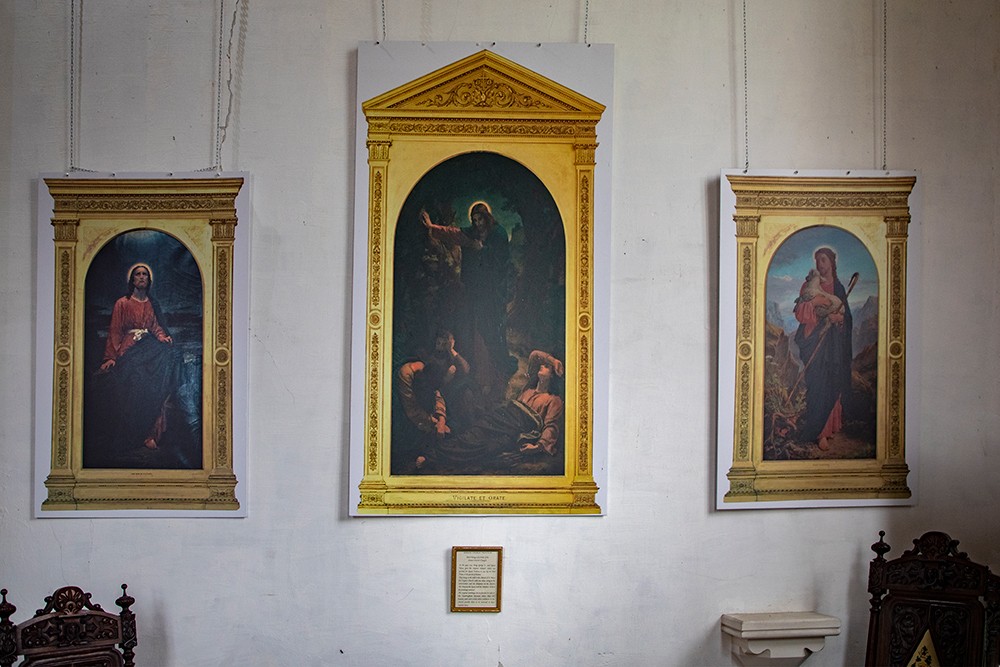
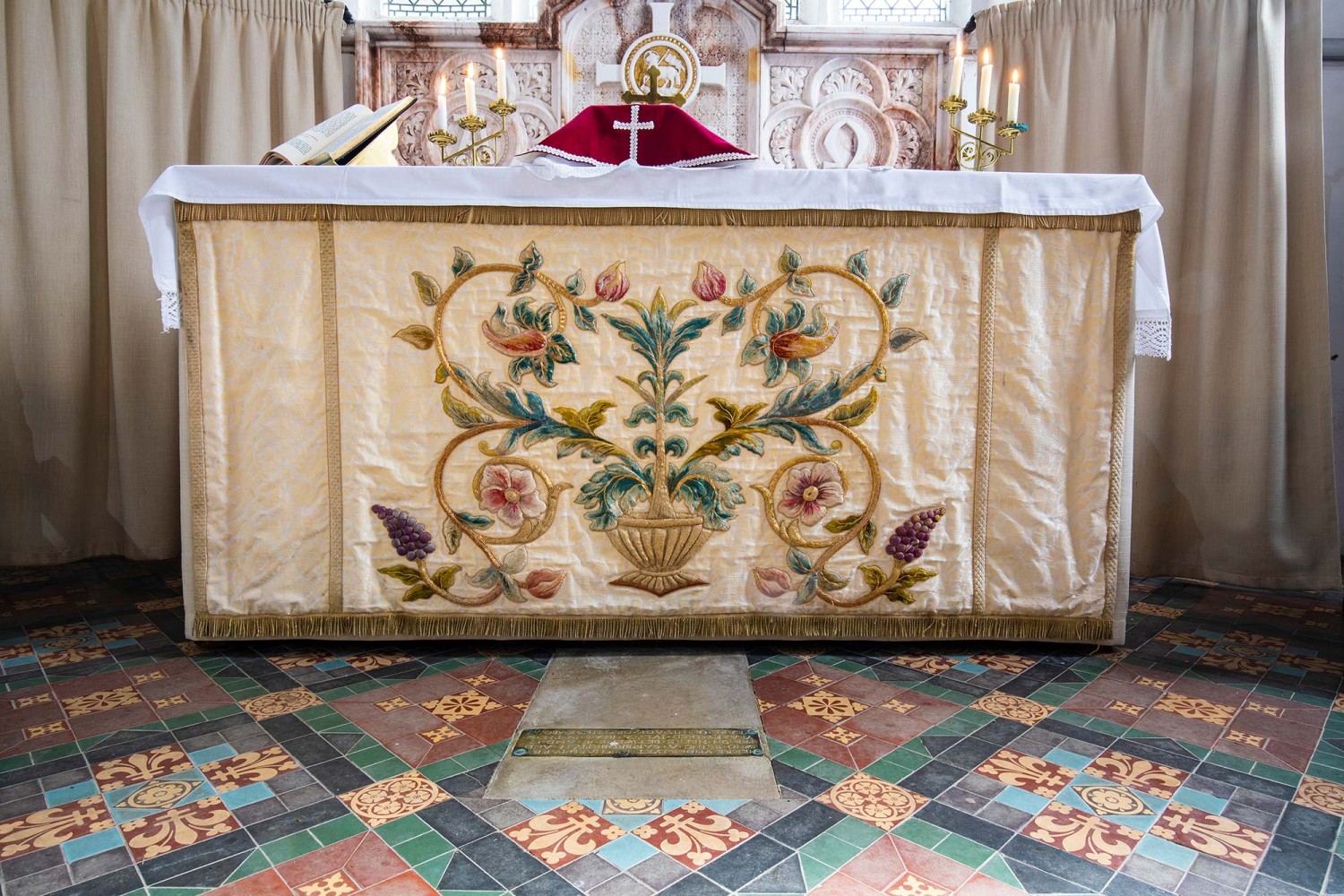
It was removed from the church in 2016 and spent eight months being brought back to life by accredited conservator Polly Saltmarsh.
“It’s an unusual coat of arms and it may even be unique,” says churchwarden Nick Coleman, who lives a few hundred yards from St. Mary the Virgin and is one of the driving forces behind the church’s latest projects. “Most of them dating from this period have a dark blue or black background, whereas ours is a very obvious green - it’s a mystery we’re hoping to be able to solve at some point.”
The most latest project to restore Anmer’s church to its former glory has been the restoration of the wooden nave screen (another donation from Queen Mary) which until recently was bare and painted a rather ordinary reddish-brown ochre - until it came to the attention of the Prince of Wales.
“Prince Charles has a great deal of love for this church and it was largely thanks to his support and encouragement that we were able to transform the screen,” says Nick. “It was also thanks to the prince that we are able to have Aidan Hart oversee the project.”
Over the last 30 years Aidan has become one of the world’s leading experts in church decoration, having over 1,200 commissioned works in almost 30 different countries and writing two books on religious icons and wall paintings. A remarkably versatile artist, he works in egg tempera, fresco, mosaic, stone and wood carving, furniture design and in the painting of illuminated manuscripts - and is also in demand as a design consultant for church refurbishments.
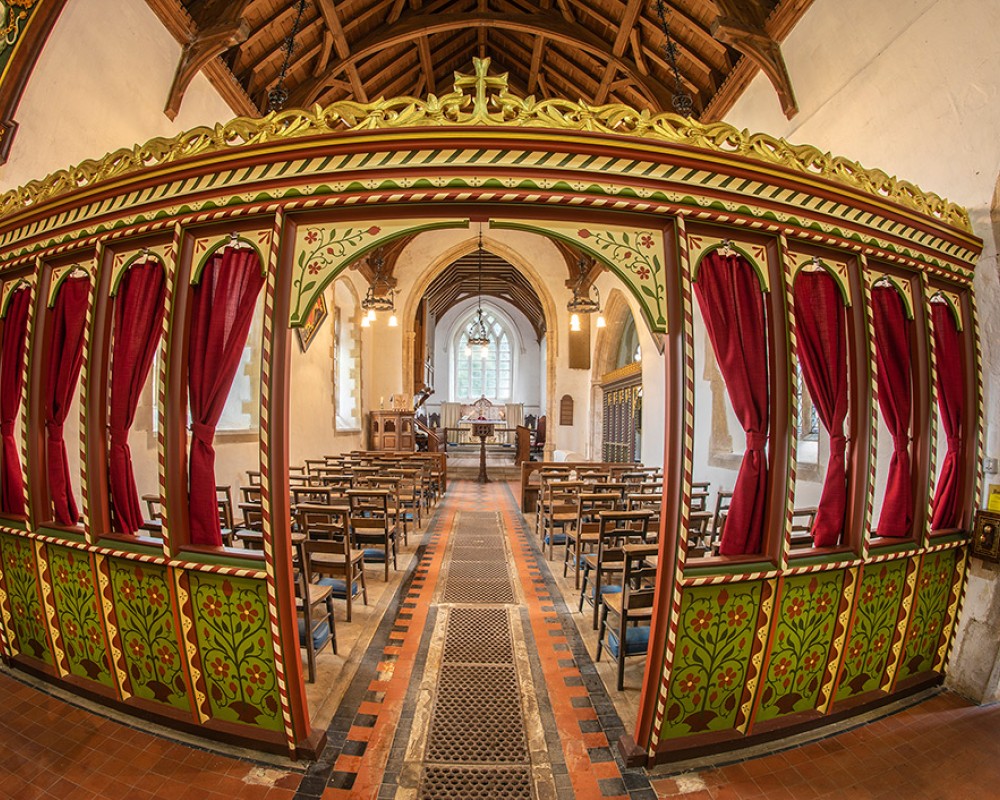
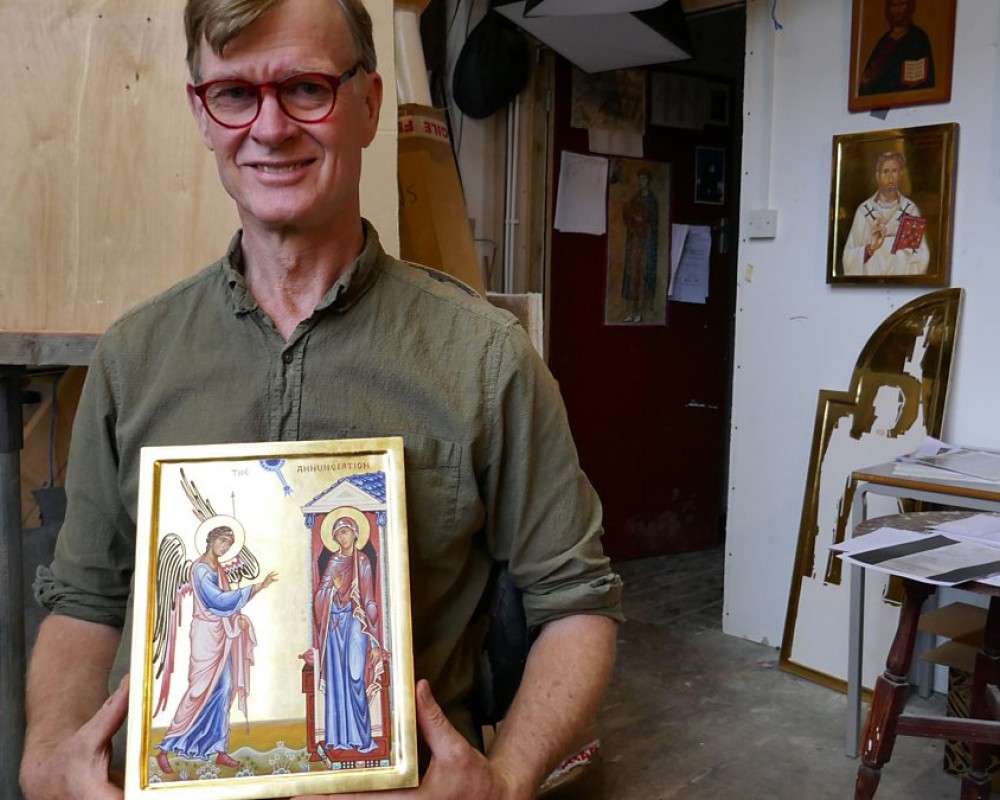
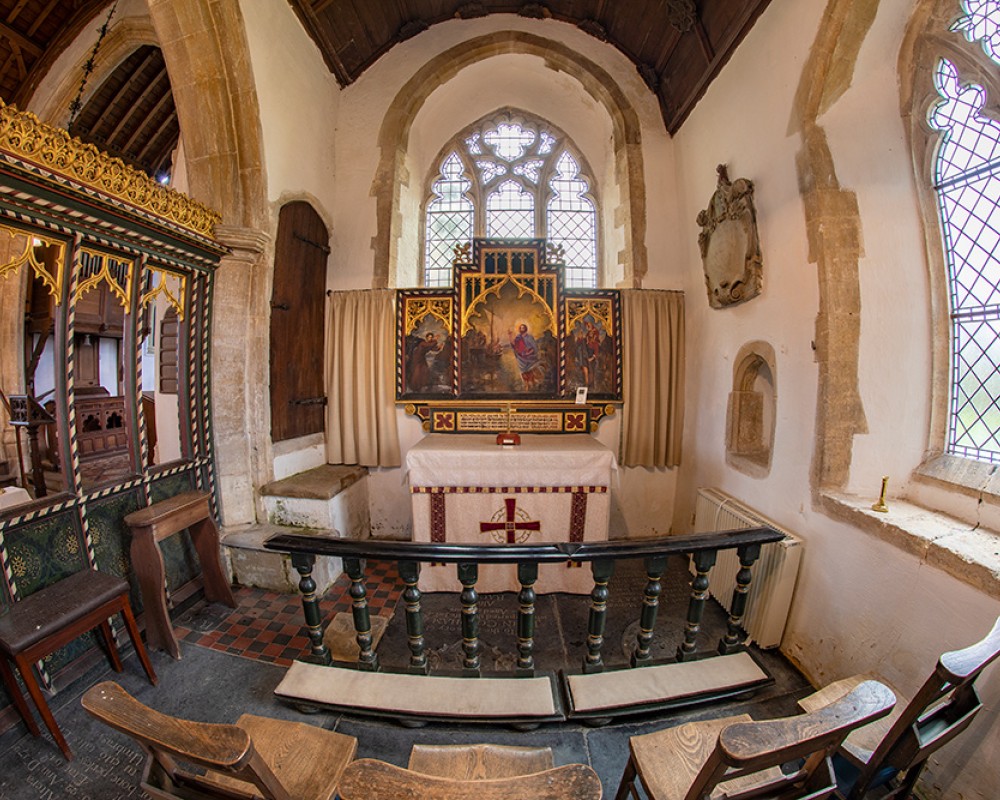
“I’ve always enjoyed working on English churches, and the project at Anmer was really interesting, because the original screen was really quite ordinary,” he says. “We wanted it to match the fine screen between the nave and the south chapel and incorporate other elements that were already present in the church - so the floral designs on the panels echo those on the altar frontal.”
Appearing to have always been part of the church interior, the screen is testament to Aidan’s meticulous approach and precise attention to detail.
“I’m a bit obsessive about getting things right and like to use natural pigments whenever I can,” he says. “I find modern paints a little too brash and artificial. For St. Mary’s in Anmer I actually made the paints myself, using natural pigments to help it ‘feel at home’ as soon as possible.”
With the church gradually returning to its former glory, churchwarden Nick Coleman is determined to preserve these invaluable parts of our shared history.
“We’ve got the Coldham family hatchments to restore and the organ to repair, and one of our most pressing needs is for the installation of some heating,” he says. “Since we first came to Anmer I’ve become increasingly interested in churches, and although I’m very much an amateur I’m a terribly enthusiastic one.”
